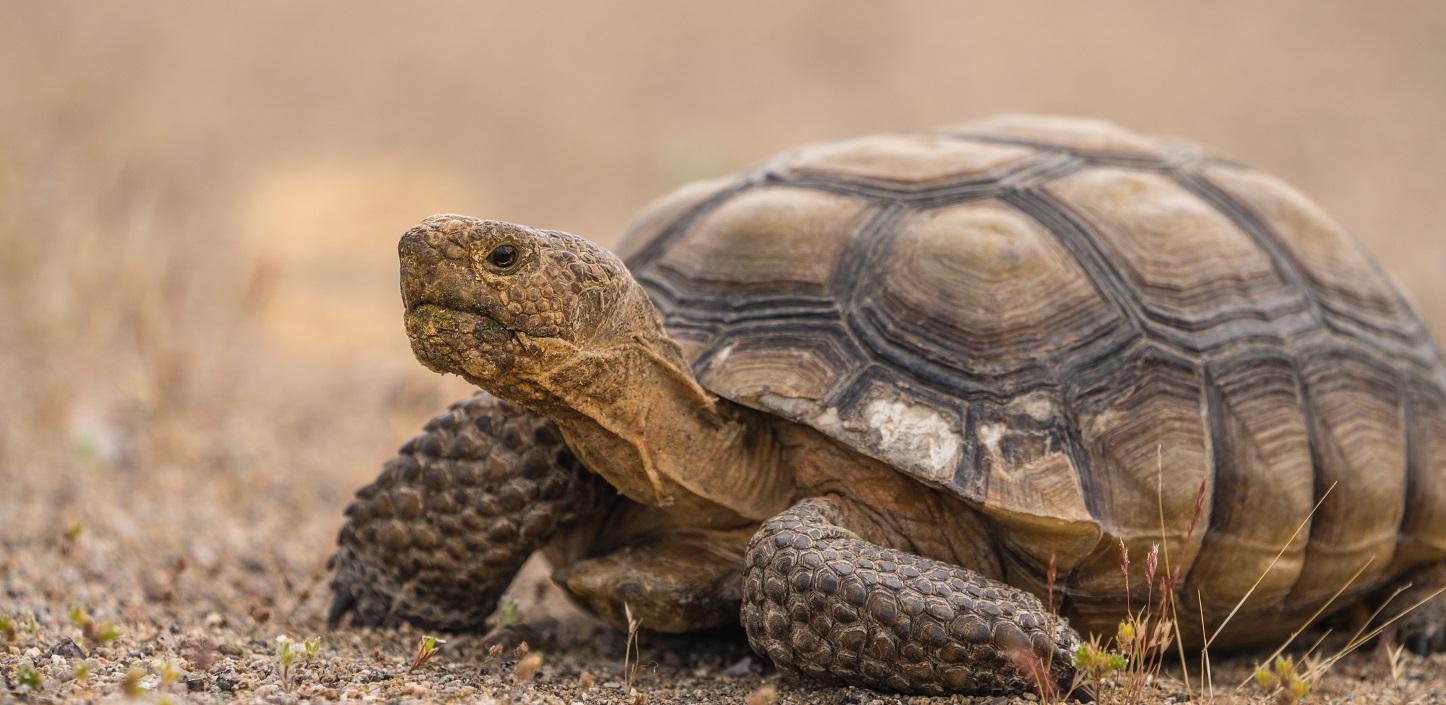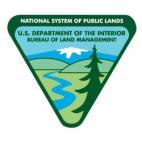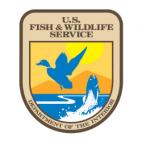
The Desert Tortoise Recovery Partnership (DTRP) was formed through partnerships between the National Fish and Wildlife Foundation (NFWF), U.S. Marines Corps, U.S. Army, Department of Defense, U.S. Fish and Wildlife Service (USFWS) and the U.S. Bureau of Land Management (BLM) to coordinate implementation of strategies and provide additional resources to address the pressing conservation needs of the Mojave desert tortoise (Gopherus agassizii) in the West Mojave Desert of southeastern California. The DTRP was established as an effort of the Recovery and Sustainment Partnership (RASP), a joint initiative of the Department of Defense and the Department of the Interior to develop species conservation and recovery programs and provide increased flexibility for military missions.
Partners
Desert tortoises have resided in the Mojave Desert for an estimated 15 to 20 million years, making them one of the oldest extant species in the United States. The Mojave desert tortoise (Gopherus agassizii) occurs primarily north and west of the Colorado River in California, Nevada, Arizona, and Utah, and their population has declined acutely in the past several decades. Between 2004 and 2014, adult desert tortoise numbers decreased across the range, with some recovery units experiencing a decrease of close to 50 percent. The Mojave population of the desert tortoise was listed as Threatened under the federal Endangered Species Act on April 2, 1990. A Recovery Plan for the Mojave Desert tortoise was published by the USFWS in June 1994, and critical habitat was also designated in all four states supporting the species. In 2011, the Recovery Plan was revised and the recovery priority number for the tortoise was classified as 12C, meaning a moderate degree of threat and low potential of recovery exist for the tortoise.
A variety of changes to their habitat in the past century have contributed to declining numbers of Mojave desert tortoises. Ongoing threats to the tortoise resulting in mortality and habitat loss include urbanization, large-scale renewable energy projects, proliferation of roads and highways, off-highway vehicle (OHV) activity, predation by subsidized predators (ravens and coyotes), habitat invasion by non-native invasive plant species and wildfire. The DTRP seeks to support habitat restoration and management projects that produce measurable outcomes for the threatened Mojave desert tortoise in California’s western Mojave Desert.
Application Information
| Mojave Desert Tortoise Recovery Partnership 2025 Request for Proposals | View Now |
| Mojave Desert Tortoise Recovery Implementation Plan | Download the PDF |
Director, Southwest Rivers Program
Coordinator, Regional Programs
Manager, Rocky Mountain Regional Programs




